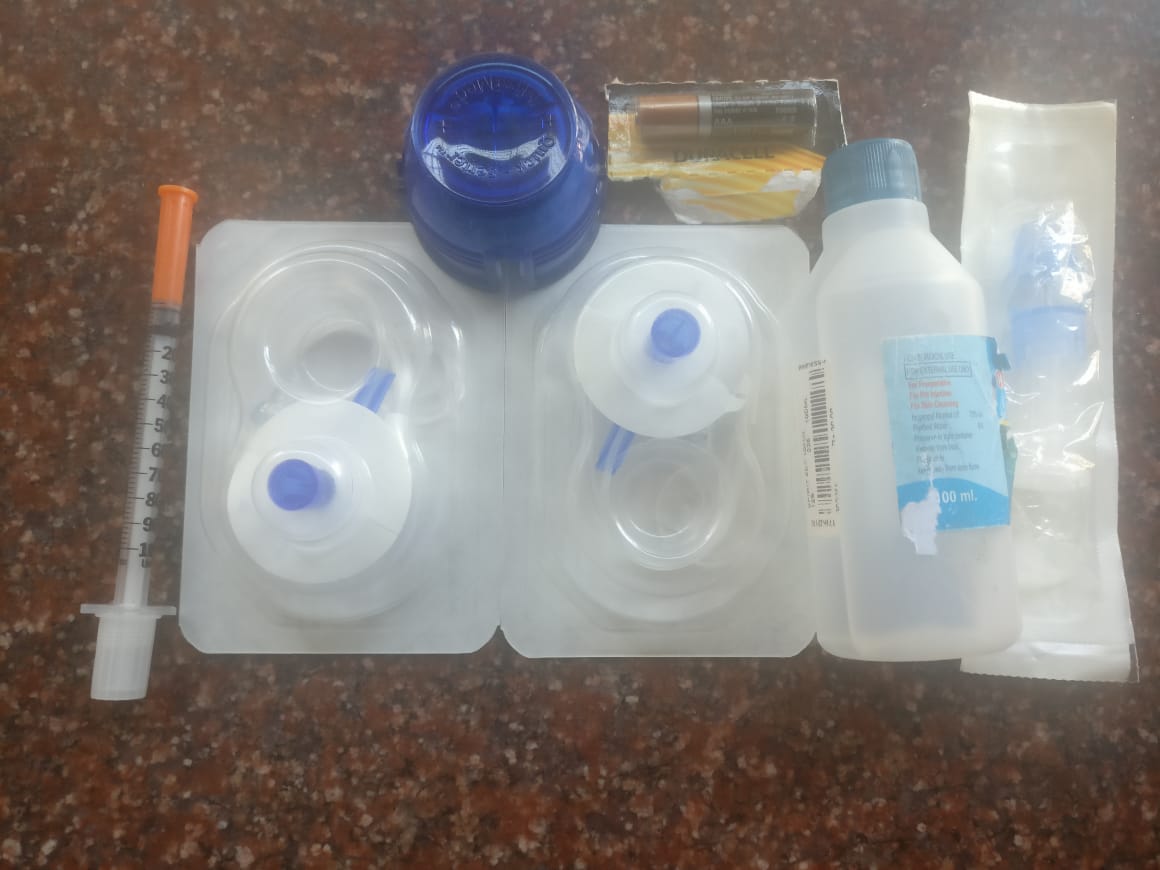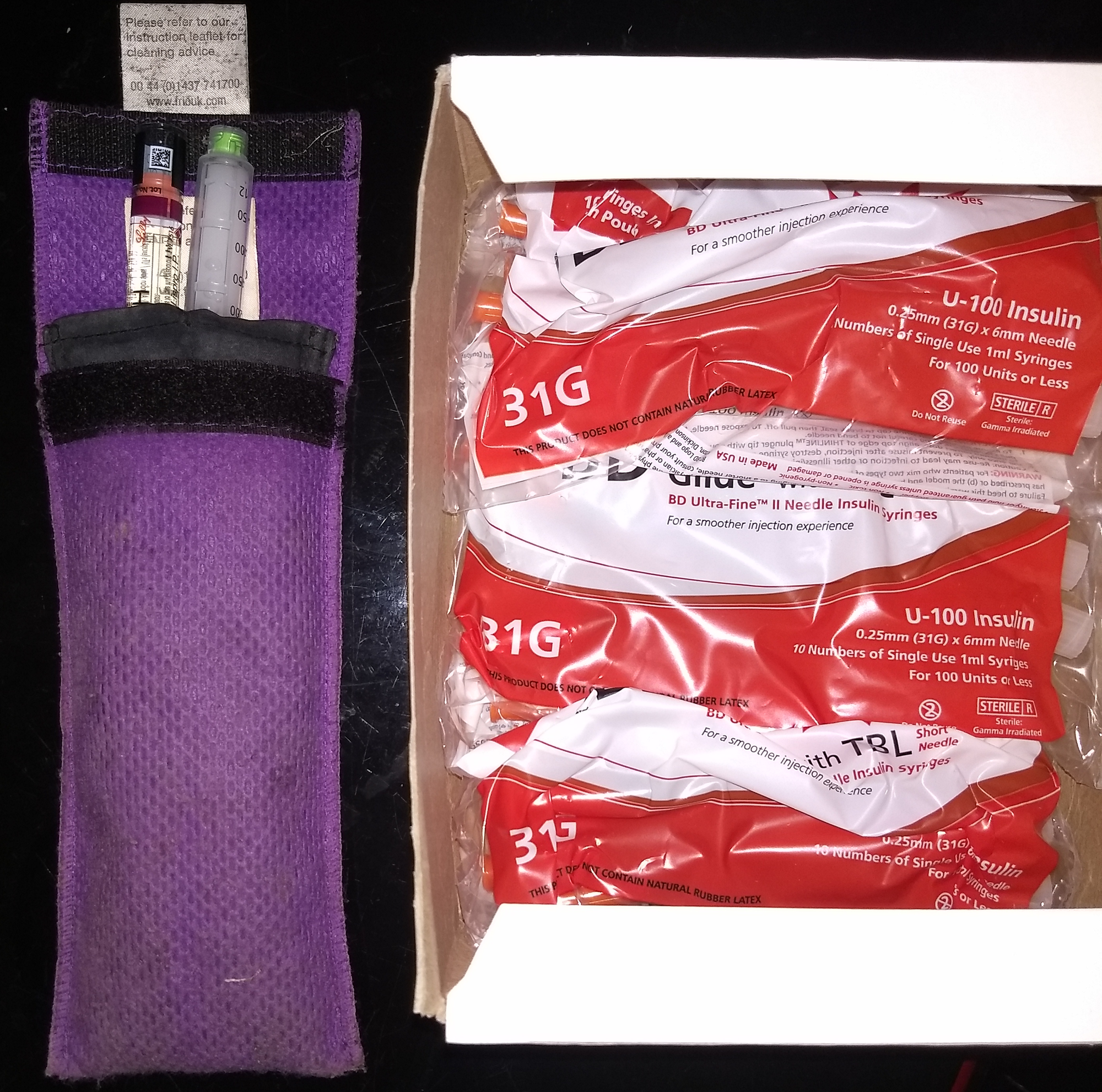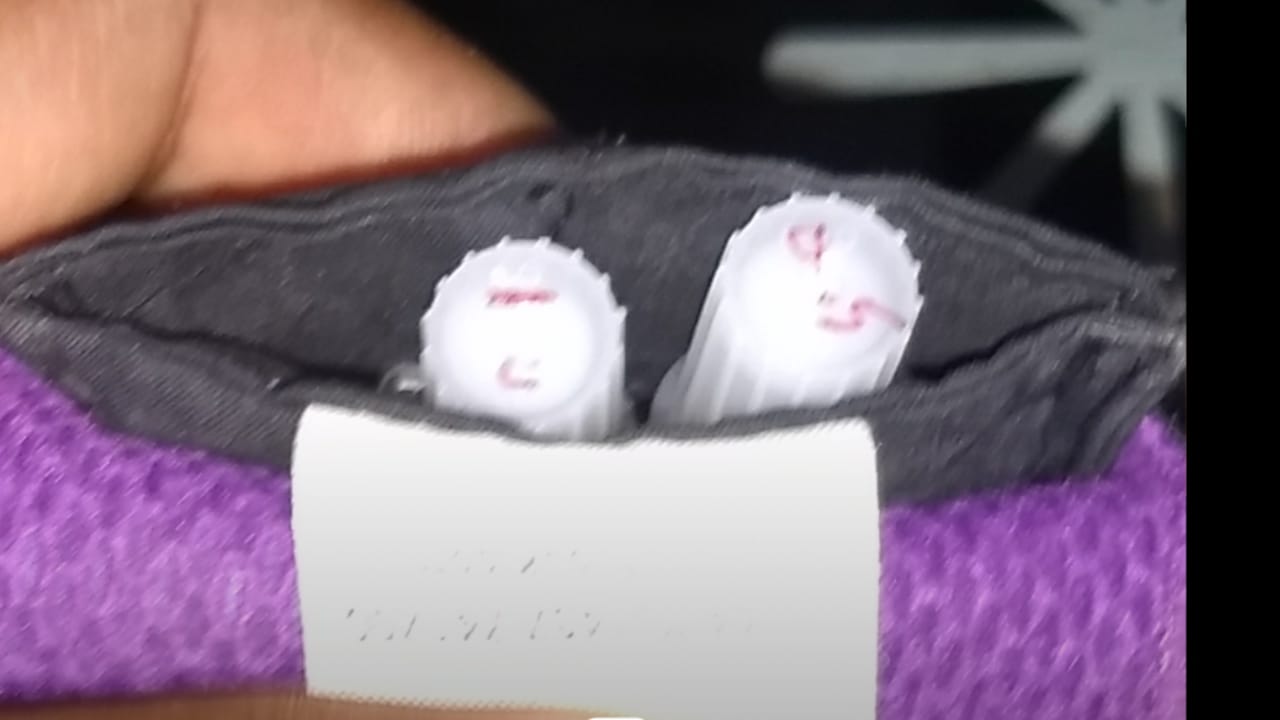How MDI made our life easier
The first few days after my then 4 year old daughter Vindhya's diagnosis, I would pin her down on the bed and my wife would give the shot. It was torture for all of us. We decided we would not let our daughter suffer and would get an insulin pump right away so we could avoid multiple daily injections.
With zero knowledge on anything related to diabetes, syringes sounded primitive while pumps looked like advanced technology.
I wouldn't even go into the promises made by the pump agent - you can press a button and eat ice-cream or absolutely anything, like a non-diabetic; that it's all programmed and taken care of. We were desperate. We were told that a young girl on pump is now pursuing graduation abroad and how pump helps managing T1. We almost bought the pump but I wanted to make sure it's the right decision and I began to look up reviews. Pumpers leaned towards it after weighing in the pros and cons of pump and MDI. I stumbled across some articles and my view on diabetes management and insulin delivery changed for the better. The most striking thing was the comparison between pump, pens, and syringes, with syringes being most accurate and reliable for dosing insulin. That overturned all that I came to believe about any of these insulin delivery devices.
Let’s dive right into understanding what MDI (Multiple Daily Injections) or pump is supposed to do as insulin delivery devices and see how both would fare in comparison.
1. Reliability of Insulin Delivery
Pump
A kinked cannula is very stressful (the syringe like needle used for insulin delivery in pump). For a T1, there would be high or low blood sugars of varying degrees (of course, this is subjective as it depends on the target range one is aiming for, we aim for 75-100 mg/dl (doesn’t mean it always stays in that range but with low carb it is most of the time). Pump gives one extra factor that could cause unexplained high blood sugars. With kinked cannulas, there may or may not be a No Delivery alarm, so you keep bolusing with no reduction in BG.
There are those who swear by pump and wouldn’t want to go to MDI. Absolutely, whatever suits you, but it’s important to be informed of pros and cons of both sides.
MDI
This is the simplest. Check whether the tip of the rubber of the plunger is matching with the zero mark on syringe and whether needle tip is shaved properly (bevel), if not, use a new syringe (happens rarely but good to check). Draw with a syringe (or use a pen); you know how much you are drawing; take the shot; observe whether any insulin has leaked out (happens rarely) and it's over. You know exactly how much insulin is in your body. There are no worries of whether or not insulin is delivered.
2. Insulin absorption
The main problem with many years of insulin dosing without proper rotation is lump formation (in MDI) and scar tissue formation (in pump) both of which decrease insulin absorption and the site can't be used again till the problem is resolved.
MDI:
A boy used to give his shot using one hand on the other arm, and has developed absorption issues because of repeated shots at the same place of the arm. The solution is to rotate the site (nothing new, you heard it already). But we tend to inject at certain places because they are quite convenient. So the best thing is to consciously make a routine. We can inject on the abdomen, arms, and buttocks.
Pump:
I haven't used pump for my daughter but I know people who do. Unfortunately, the cannula is in the body for 3 days or more and that causes scar tissue formation. Scar tissue may not be prominent in people using pump for the first few years but eventually, scars do show up. The solution is the same, rotate the site and let the used site heal.
Which is a better evil to deal with? I haven’t seen people talk about scars or anything due to syringes. Both people I personally know dislike scars due to pump.
3. Multiple basal rates
I have closely watched blood sugars of at least a dozen kids and had the opportunity to help move two people from pump to MDI. Both of them used to use multiple basal rates. Multiple basal rates are useful but only when they are absolutely needed.
Here is one of my experiences: One mother I had the opportunity to help was using multiple basal rates on a pump for her kid and had to deal with inexplicable highs. Initially, it was hard for me to make any changes to the regime she was following because quite understandably, what was needed to be done was quite contrary to her beliefs, multiple basal rates being one of them. Thankfully though, we were able to remove the irritants (read hidden carbs and high carbs) in food and she could see that the kid doesn’t actually need so many basal rates and the elevated basal rates were only covering the spike of food. Once that became clear, the big decision to move the kid to MDI was taken, the kid anyway hated the pump. The same kid needing about 4 different basal rates on pump, needed only one shot of 12 hour basal insulin in the evening and absolutely no basal insulin in the day (that is because the kid, thankfully, still has beta islet cells left). The mother would now give bolus to cover the spike of food in the day and not try to cover it with raised basal (multiple basal rate), something that should never be done.
"I had been on a pump since they were first released. I developed scar tissue below the surface. No lumps, or anything you could see. Overtime, I feel scar tissue is inevitable, no matter how carefully you are rotating sites. There were only so many places I could comfortably insert an infusion set. I began to have frequent kinked infusion sets and unpredictable absorption. On 2 occasions I woke up with BG over 400 requiring emergency room intervention. A CGM has helped me more than a pump. A pump only does what you program it to do. I thought I needed multiple basal rates, but I don't. That surprised me. I do miss the ability to suspend fast acting insulin, if I am dropping low, and the memory showing the last bolus given with a pump. Actually, I don't drop low nearly as much as I once did, now that I follow a low carb way of eating. One pump failed while I was on a cruise to Mexico and another while I was in a remote area in the mountains of Colorado. They all eventually fail. It worries me that so many are relying on a method of treatment (pump) that is so expensive, with little benefit. I see people running into problems getting replacement pumps or supplies. At one time I did not even know how to manage my diabetes without a pump. That began to worry me, and I always felt at the mercy of insurance companies or suppliers. I use far less insulin, now that I do not waste insulin changing out tubing and infusion sets every 2 or 3 days." - Wanitta Hansen, USA (T1 for more than 2 decades, has moved from pump to MDI)
Multiple basal rates however have their utility. If a T1 has a more than usual activity, it’s prudent to decrease night basal as the sensitivity would be higher and can cause a low. One can change the night basal in a pump easily and same can be done in MDI too by decreasing the night dose of basal insulin.
4.Bolus
Pump definitely gives that freedom to take as many shots as you want. There are people who need two shots of bolus for a meal, one to arrest the rapidly rising blood sugar post meal and second to cover the delayed spike of food. But pump isn't very different from MDI, other than not needing to take two different shots. R insulin which many who eat low carb high protein swear by, covers the protein spike beautifully without crashing BG. Of course, the dual wave option tries to mimic R by superposing a bell curve on a square wave and those who get a hang of it swear that they can do on a pump what R insulin can do on MDI.
5. Portability
Pump
For pump, you need quite some back up supplies. And just in case we land in a situation where we have to buy accessories, they aren’t as easily available as pens, or vials and syringes. So, a backup of MDI is important even for pump users.

MDI
For MDI, portability is never an issue. Buy a Frio pack, for your basal and bolus vials or pens and carry a pack or two of syringes or pen needles and we are good. Even if we land in an emergency situation, they are easily available in any decent medical shop. This has happened to us. We somehow forgot to bring enough insulin and syringes for a trip so we bought it in a small town on the way, never faced a problem.

6.Cost
No surprises here. A basic pump probably costs around 2.5 lakhs, and accessories apart from insulin would also cost a considerable amount per month so pump definitely costs a lot more than MDI.
Final Word
Pain of dosing insulin: While the initial days of giving shots were difficult for all of us, now it’s a routine. Once in a while Vindhya complains of pain but that too is when she sulks for something else.
Pump needle might not hurt so much at insertion but there are instances when it gets pulled out while changing clothes or any other activity and that can be painful. A friend says it gets peeled off while exercising due to sweat.
Basal: In MDI, 12 hour insulin’s or split long acting insulins like Lantus give the flexibility to change the day and night basal as needed. Some split the basal 3 ways. Pump does a great job too and definitely gives more flexibility in this area.
Taking shot in public: Pump definitely makes it easy to take bolus or any dose easily in public places or even otherwise. Also, some people might face issues in small kids not able to give a shot to themselves and don’t get help either in school. In such cases, pump would be easy. But there are kids who manage with pre-loaded syringes sent to school and they only have to select right dose and take a shot. Taking a shot in washrooms can be inconvenient but there are many who simply take a shot in public places and do not care about the stigma that originates from ignorance.

Pre loaded syringes
Micro- bolus: We were able to dose less than half unit insulin on a syringe with reasonable accuracy without diluents and by using syringes alone. Using 100 units syringes with 40 unit insulin, we dose even 0.2 units approximately as our kid had very high insulin sensitivity: 500mg/dl/unit of bolus insulin. Pump surely helps micro-bolusing at the push of a button but syringes are not as difficult as they seem. One just has to get a hang of using syringes, the way one has to learn using a pump.
Scar Tissue: The scar tissue formation catches up over a long period of time which a friend said didn’t heal yet, despite giving up pump for many years. The girl who was taken as example for how pump is helping managing T1 and study abroad, hates the pump and wants to get rid of it at the earliest and move to MDI.
Freedom: MDI gives freedom that is unmatched by any device inserted into the body at all times. As much as we would like to believe otherwise, the fact that a device is inserted in the body and one that has the possibility of getting pulled off can’t be completely ignored. On MDI, between shots, a person is 100% carefree, whether it is swimming, exercise, or kids playing rough in a park or adults playing football etc. People on pump manage these activities too but I think MDI is unbeatable on this.
Reliability: Syringes are definitely more reliable than pump.
Portability: Syringes and insulin are the easiest to carry and use. Pump shouldn't be that hard either but one has to plan all the different accessories.
I had the opportunity to help a kid (on pump) who developed protein in urine after 2 years of T1 and HbA1c above 8. Same kid with same pump was able to get HbA1c below 6 after going low carb. So insulin and diet are the two wheels of the same cart of diabetes management, both have to be aligned, the better we do it, the better the sugars. Low carb or not is an individual decision. The point is, MDI or pump alone can’t improve BG control. The solution lies in the wheel alignment of the cart.
To sum up I would say, please don’t hurry to get a pump, there is almost nothing that can’t be done with MDI that is possible on pump for improving blood sugar control. Pump by itself is not going to give any better blood sugar control.
